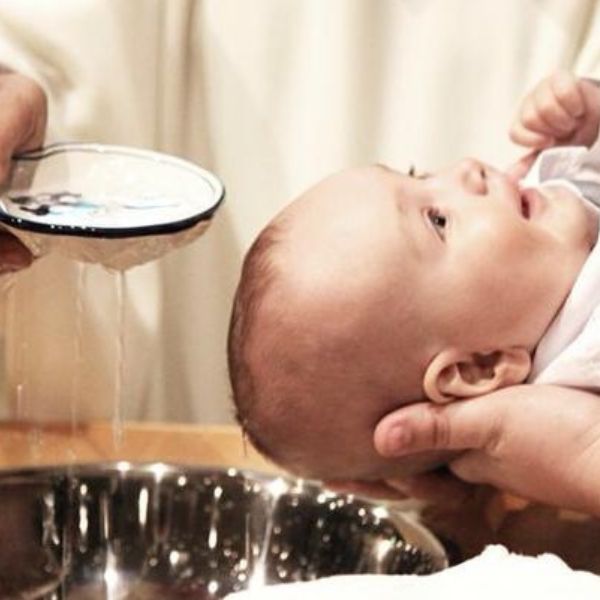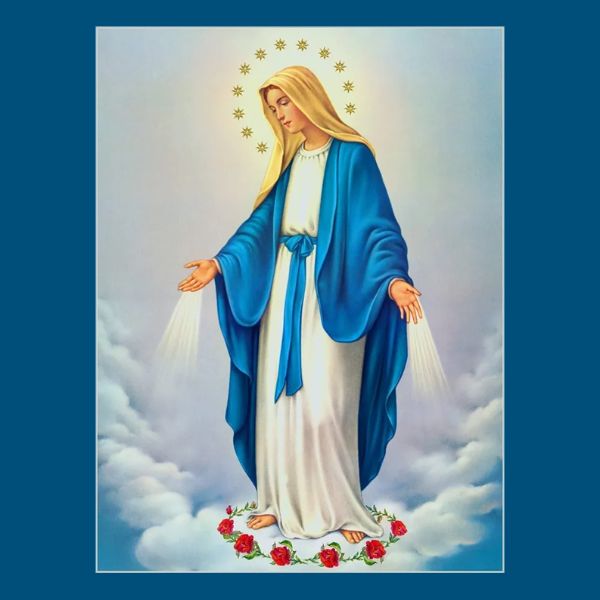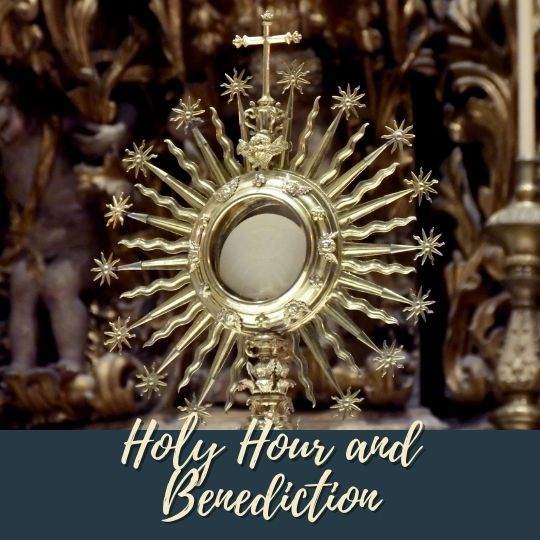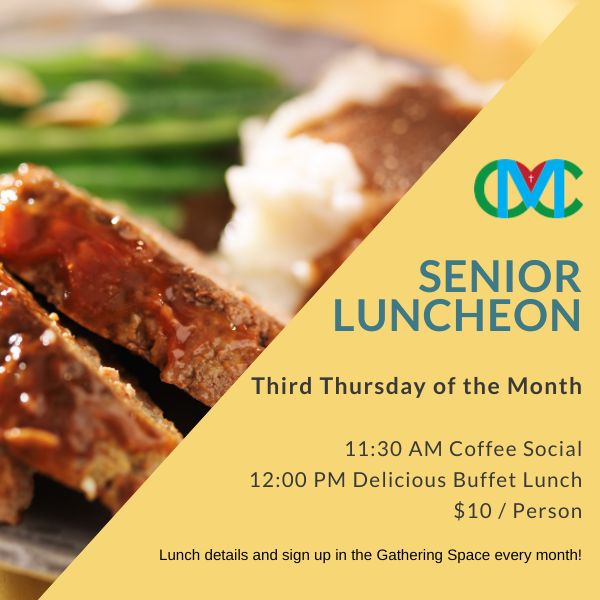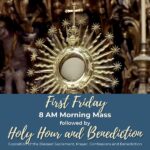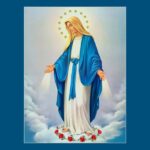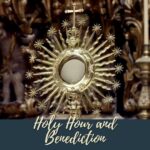Tuesday Night Adoration
Have you attended our Tuesday Night Adoration? If not, you’re missing a peaceful opportunity to be in the presence of our Lord. In Adoration, you don’t need to say anything—just sit quietly and let your heart listen.
Adoration began with the early Church’s devotion to the Eucharist. In Acts 2:42–44, the first Christians devoted themselves to “the breaking of the bread,” an early name for the Eucharist. Catholics believe Jesus is truly present in the Eucharist, and Adoration is a time to worship Him outside of Mass.
Scripture supports this practice. Jesus said at the Last Supper, “This is my body… this is my blood.” In John 6, He taught, “Whoever eats my flesh and drinks my blood has eternal life.” These words are taken literally in our Catholic faith, forming the foundation of Eucharistic Adoration. We also see people worship Jesus in His presence, like the Magi, the disciples after the Ascension, and Thomas, who proclaimed, “My Lord and my God!”
As the Church grew, so did devotion to the Eucharist. In the 13th century, Pope Urban IV established the Feast of Corpus Christi to honor the Real Presence of Christ. By the 16th century, Perpetual Adoration was practiced in response to those who questioned the Eucharist. Religious communities helped spread this devotion worldwide.
In more recent times, the popes of the 20th and 21st centuries have strongly supported Eucharistic Adoration as a source of spiritual renewal. St. Pope John Paul II had a deep personal devotion to the Eucharist and was known to spend hours in Adoration himself. He called the Eucharist the “source and summit of the Christian life” and emphasized not only the importance of attending Mass but also spending time in Adoration to grow closer to Christ. In his 2003 encyclical Ecclesia de Eucharistia, he wrote, “The Church draws her life from the Eucharist.” He also encouraged the growth of perpetual adoration chapels worldwide and made Eucharistic Adoration a central part of World Youth Day, inspiring countless young people.
Pope Benedict XVI, a brilliant theologian, also highlighted the importance of Adoration. He taught that worshiping Jesus in the Eucharist is not optional—it’s essential. He continued the tradition of including Eucharistic Adoration in World Youth Day events and reintroduced Eucharistic processions to renew reverence for this sacred tradition.
Pope Francis has brought a deeply personal and relational tone to Adoration. Though often known for his pastoral focus, he regularly speaks about the importance of spending time in silent prayer before the Blessed Sacrament. He describes Adoration as a time to simply allow God to “look at you,” emphasizing that it’s not about what we do, but about being with Jesus. In 2013, just months after becoming pope, he organized a Worldwide Eucharistic Adoration Hour, inviting Catholics across the globe to pray at the same time before the Blessed Sacrament. He continues to encourage churches to remain open for quiet prayer, saying, “Let us adore the Lord, present in the Eucharist… Let us make room in our lives for Eucharistic Adoration.”
Now that you know more about the history and meaning of Adoration, we warmly invite you to join us. If you’ve never been, don’t worry—you’ll be among a community of fellow believers. You can bring a Rosary, a prayer book, an examination of conscience, or simply sit quietly in the loving presence of Jesus. A priest is always available for the Sacrament of Reconciliation during Adoration. Come experience this beautiful time of peace and grace every Tuesday from 7:00 to 8:00 PM. We hope to see you there. God bless!
Deacon Greg







